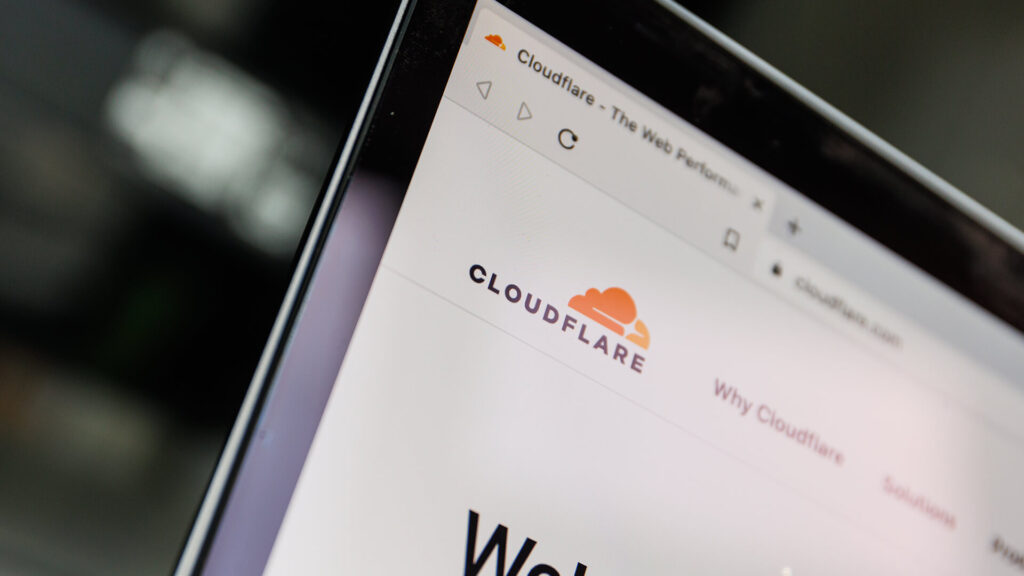We are thrilled to announce that Digily is now carbon-neutral for 2023 and beyond. We believe that it was essential to take action to reduce our carbon footprint and contribute to fighting climate change. As a company, we recognise the impact that our operations can have on the environment, and we have taken steps to minimise our carbon emissions.
To achieve carbon neutrality, we conducted a comprehensive carbon footprint assessment to identify our sources of greenhouse gas emissions. This assessment helped us understand our impact on the environment and identify opportunities for improvement.
We have implemented several measures to reduce our carbon emissions, including using renewable energy, promoting energy efficiency, and reducing waste. We have also invested in carbon offsets to compensate for our remaining emissions. These offsets support projects that reduce carbon emissions, such as renewable energy projects, reforestation, and energy-efficient technologies.
By becoming carbon neutral, we are taking responsibility for our impact on the environment and doing our part to create a more sustainable future. We believe that it is essential for businesses to take action to reduce their carbon footprint and contribute to fighting climate change. By doing so, we can create a positive impact on the environment and set an example for others to follow.
We are committed to maintaining our carbon neutrality and continuously improving our sustainability practices. We recognise that it is a journey and there is always more that can be done. We will continue to invest in sustainable practices and strive to minimise our impact on the environment.
In conclusion, we proudly announce that we are now carbon neutral. We believe that this is an important step towards creating a sustainable future, and we hope that other businesses will follow our example. By working together, we can make a positive impact on the environment and create a better world for future generations.
How did we calculate our carbon footprint?
We first determined the scope of our carbon footprint. There were three main categories to consider:
Direct emissions: These are emissions that come from activities that we directly control. For example, driving a company car, heating our office or powering our technology.
Indirect emissions: These are emissions that come from activities that we do not directly control, but that are related to our business. For example, the emissions from the 3rd party services we use.
Carbon offsets: These are ways of balancing emissions by investing in renewable energy projects or other sustainable activities.
You can download our certificate here.









